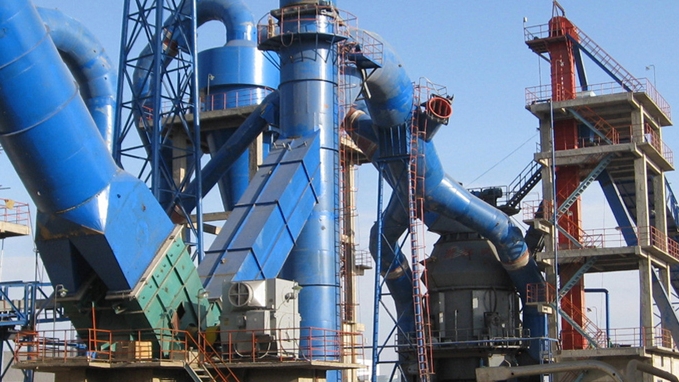- 08
- Oct
What are the characteristics of cement kilns? Which refractory materials are commonly used?
What are the characteristics of cement kilns? Which refractory materials are commonly used?
Cement kilns are thermal equipment for the production of cement clinker. Generally, there are two types of vertical kilns and rotary kilns. Shaft kilns are characterized by simple equipment, low investment, and high thermal efficiency, but the quality of their calcined clinker is not stable enough, and the production capacity is small, and they are generally used in small cement plants. Compared with vertical kiln, rotary kiln has many advantages, but its investment is relatively large
Cement revolving fall is generally divided into four zones: preheating zone, decomposition zone, firing zone and cooling zone. Sometimes a certain section between the firing zone and the cooling zone, and the certain section between the firing zone and the decomposition zone is called the transition zone.
The kiln lining of the firing zone is the weak and broken section of the entire rotary kiln, so the life of the firing zone represents the life of the rotary kiln. The kiln lining of a rotary passenger has to withstand the effects of high temperature and temperature changes, and is also affected by the erosion and wear of materials and airflow and chemical erosion. The main reasons for the damage of the cooling zone and the preheating zone kiln lining are material abrasion and air erosion; while the burning zone and decomposition zone are mainly chemical erosion.
Under normal operation conditions, a reaction occurs between the kiln lining of the firing belt and the molten material, resulting in a low-melt substance adhering to the surface of the kiln lining, that is, the formation of a kiln skin. The kiln skin has a protective effect on the kiln lining, so it can extend the life of the kiln lining. However, when the operation is abnormal, the kiln skin will be damaged or not hung up or unevenly hung, which will cause thermal stress on the dense lining and cause damage such as peeling of the kiln lining.

